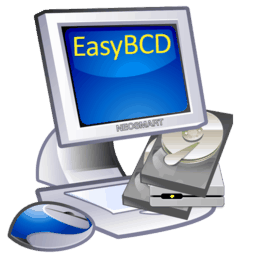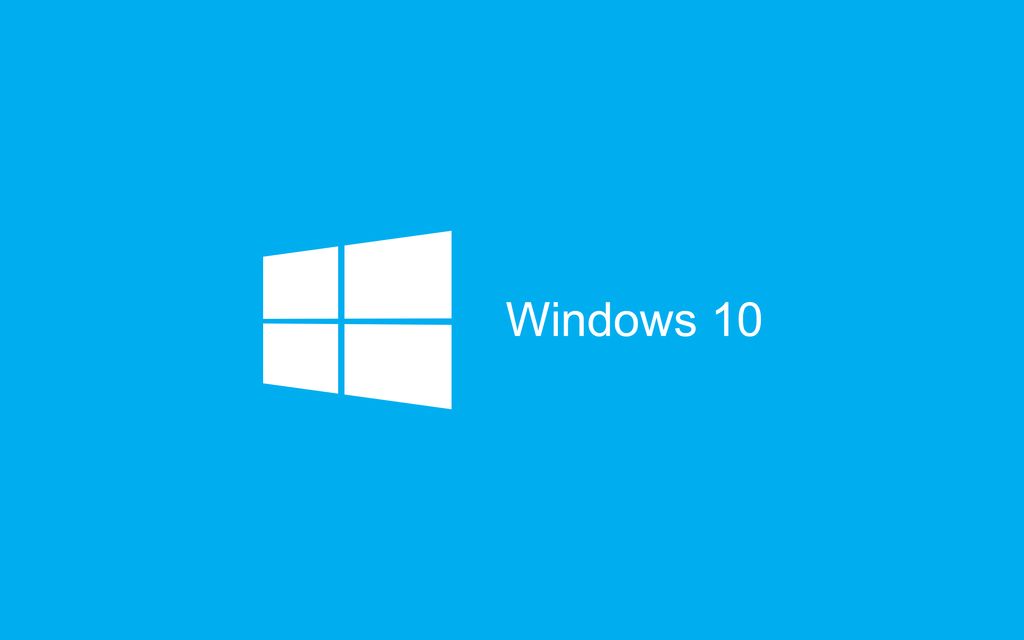 It’s our distinct pleasure to announce the release and immediate availability of EasyBCD® 2.3 for download. Development on EasyBCD 2.3 has been ongoing for the past three years as new functionality has been added and support for the latest developments in new operating systems and bootloaders has been polished and shined.
It’s our distinct pleasure to announce the release and immediate availability of EasyBCD® 2.3 for download. Development on EasyBCD 2.3 has been ongoing for the past three years as new functionality has been added and support for the latest developments in new operating systems and bootloaders has been polished and shined.
EasyBCD 2.3 features full Windows 10 and EFI support, and has been tested with the latest version of Windows under all imaginable circumstances and configurations, as well as many other operating systems and platforms, both big and small. From indie-sized micro Linux distributions to the latest major releases from Debian, FreeBSD, Ubuntu, SUSE, and more; EasyBCD 2.3 offers greater compatibility, more options, and better support while becoming even easier to use than ever before.

 Good news! With Windows 10, we finally see the return of the “in-place upgrade,” more commonly known as the ability to repair install!
Good news! With Windows 10, we finally see the return of the “in-place upgrade,” more commonly known as the ability to repair install! Windows 10 is here. But unlike any other Windows release ever before, the situation with licensing and upgrades is quite different – and rather unclear. Who is entitled to a free copy of Windows 10, can you activate with your existing product key, what happens when you want to perform a clean install, how does Windows 10 activation work, who is covered by the free Windows 10 upgrade license, and more are questions going through everyone’s head.
Windows 10 is here. But unlike any other Windows release ever before, the situation with licensing and upgrades is quite different – and rather unclear. Who is entitled to a free copy of Windows 10, can you activate with your existing product key, what happens when you want to perform a clean install, how does Windows 10 activation work, who is covered by the free Windows 10 upgrade license, and more are questions going through everyone’s head. Easy USB Creator 2.1 has been released and is available for immediate download, complete with support for Windows 10, improved support for creating more-reliable bootable USB sticks than ever before, and more.
Easy USB Creator 2.1 has been released and is available for immediate download, complete with support for Windows 10, improved support for creating more-reliable bootable USB sticks than ever before, and more.
 If you’re a developer working on or maintaining a website catering to the general public, chances are you’ve implemented some form of password reset via security question-and-answer into your site. How are you storing the answers to these questions in your database? Are you encrypting them? Storing the (hopefully cryptographic, salted) hashes? Or are you storing them plain text?
If you’re a developer working on or maintaining a website catering to the general public, chances are you’ve implemented some form of password reset via security question-and-answer into your site. How are you storing the answers to these questions in your database? Are you encrypting them? Storing the (hopefully cryptographic, salted) hashes? Or are you storing them plain text?